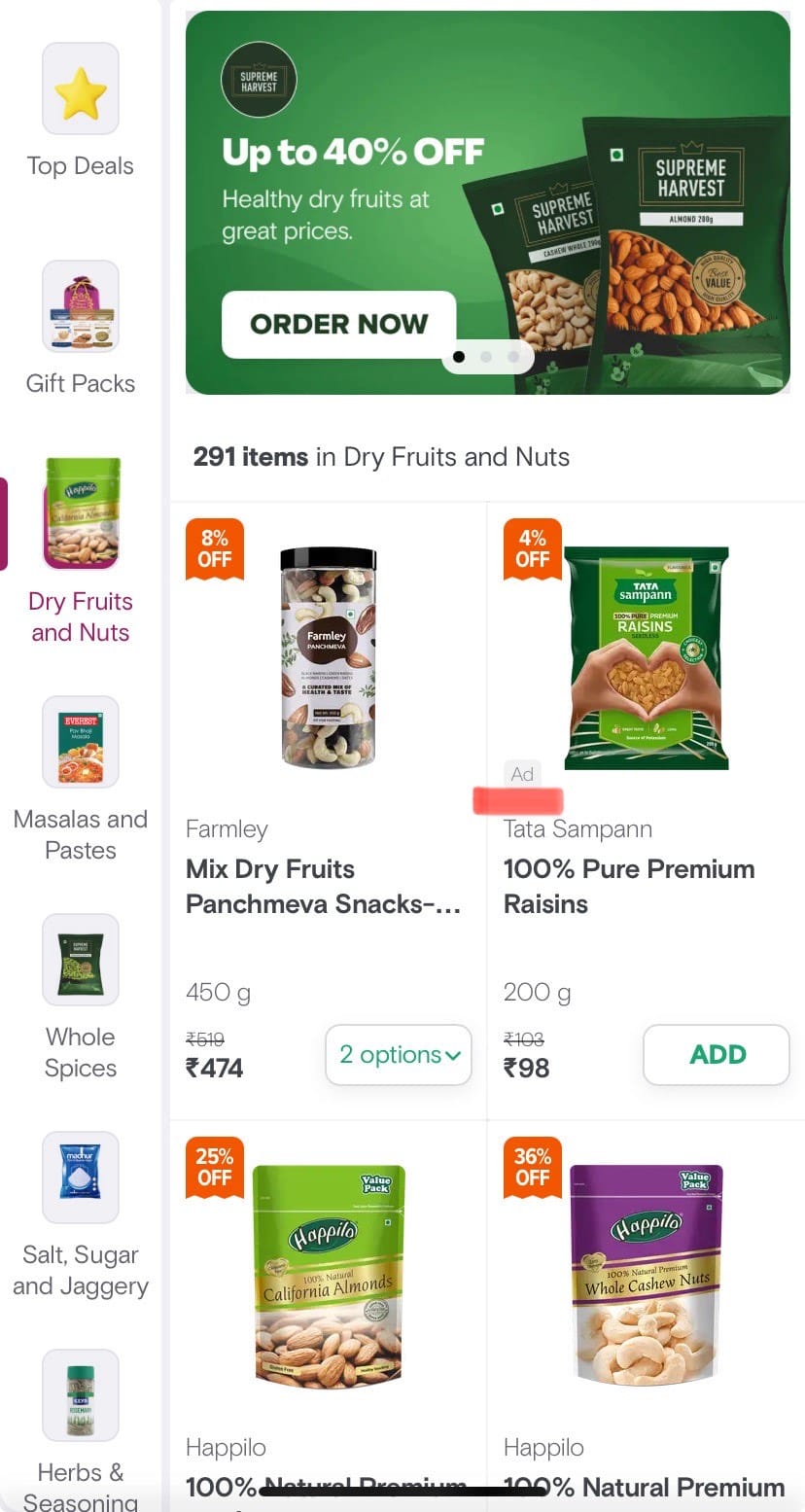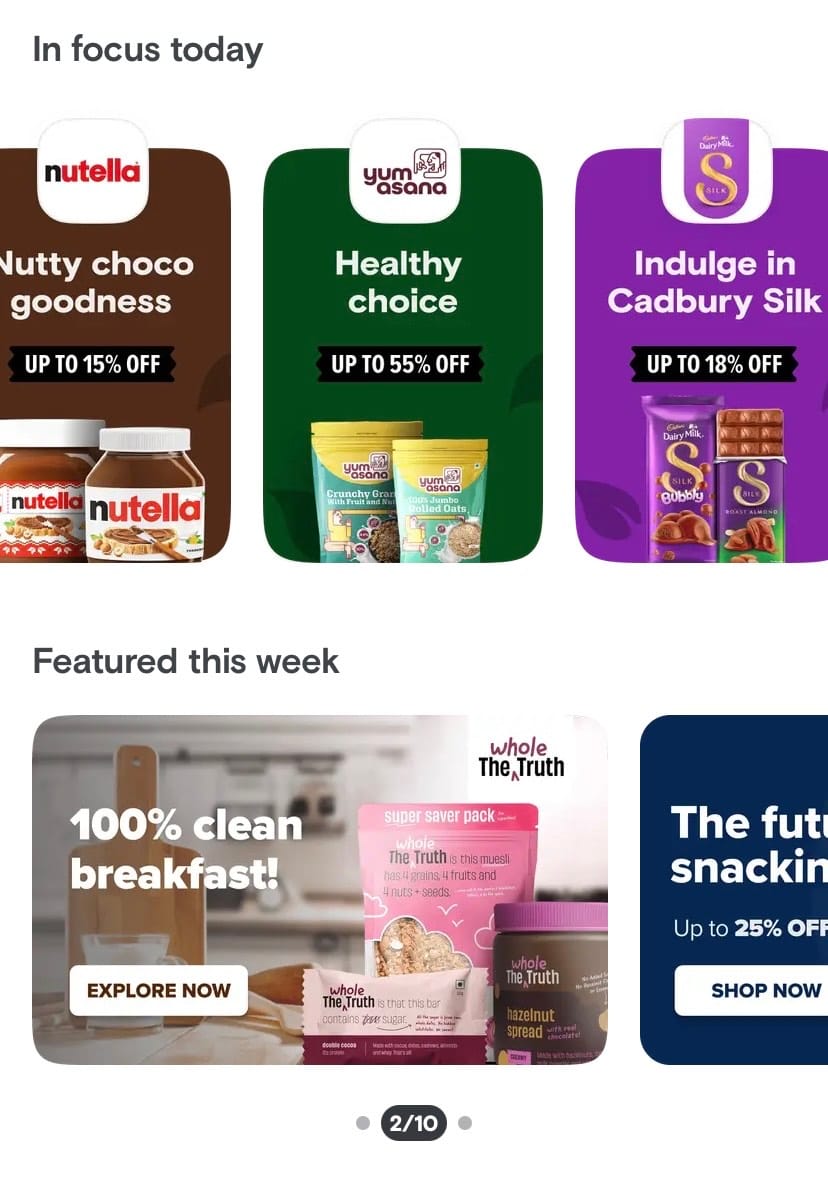
Cracking the code of quick commerce: Tips, hacks and strategies for consumer brands
Thu Feb 01 2024
6 min read
Quick commerce (QC) is the new buzzword in the world of e-commerce. With the rise of on-demand delivery services, especially in the hustle and bustle of metropolitan cities like Bengaluru, Mumbai, Delhi NCR, Kolkata, and others, these platforms promise to deliver products to customers within minutes. As a result, consumer brands are flocking to QC platforms to take advantage of the growing trend.
But we realise that practical strategies matter in the world of quick commerce. Therefore, we reached out to Anand Singh, Assistant Manager, Ecommerce at Happilo, to understand the benefits, hurdles, and strategic approaches that consumer brands can utilise to thrive in the fast-paced world of quick commerce.
Whether you're a seasoned leader leading a consumer brand or a founder of a recently started consumer business, this detailed guide offers foolproof hacks to help you thrive in the fast-paced, quick commerce landscape.
And if you’re looking to boost your brand’s presence on Amazon alongside QC, you won’t want to miss our free webinar. Packed with strategies for both new sellers and seasoned pros, it’s the perfect way to level up your Amazon game. Register now for an edge on the competition!
Exploring the rapidly growing, quick commerce landscape in India,
Quick Commerce, also known as Q-Commerce, is a relatively newer concept that started in 2019 in India. It refers to the trend of delivering goods or services to customers within the shortest possible time frame, usually within a few hours or less.
This model is gaining traction due to consumers' increasing demand for fast and convenient delivery options, pervasive smartphone culture, and a dynamic, tech-savvy demographic (Gen Z and Gen X predominantly).
These platforms have revolutionised retail, providing consumers instant access to many products (mainly groceries and FMCG) and services.

The testament to this transformation lies in the forecasted revenue of ₹271.80 bn for the Quick Commerce market in India in 2024 and a market volume of ₹740.90 bn by 2028, with optimistic projections reaching 56.4 mn users by 2028.
The current user penetration rate, at 1.8% in 2024, is poised to rise to 3.8% by 2028. The apparent growth drivers for Q-commerce groceries are growing ecommerce penetration in semi-urban India, rising income, comfort with technology among youth, increasing urbanisation, changing customer lifestyles, and low delivery fees.
While this paints a compelling picture from the consumer's viewpoint, navigating these platforms as a seller presents unique challenges and opportunities.
Let's delve into the advantages that consumer brands can harness by joining the quick commerce revolution.
Benefits of selling on quick commerce platforms
Selling on quick commerce platforms such as Zepto, Blinkit, Instamart, and Big Basket has a significant advantage over e-commerce giants like Amazon or Flipkart.
Unlike the latter, quick commerce platforms don't have ratings or customer reviews to influence customers' buying decisions. This means that even if you're a new brand, you can still grow your sales by offering high-quality products at competitive prices. Your happy customers are more likely to keep buying from you.
On the other hand, customer reviews and ratings play a crucial role in consumers' purchasing decisions on Amazon or Flipkart. Even a single negative review can make customers reconsider their decision.
Crafting tailored strategies
Quick commerce is not a one-size-fits-all domain. Strategies to scale can vary from brand to brand and category to category.
For instance, Happilo is a premium brand that sells dry fruits and nuts. Before they began their quick commerce journey, they were already a successful and established brand in multiple e-commerce marketplaces, including Amazon and Flipkart. This gave them an early advantage on QC platforms, as many online buyers were already familiar with their brand name. However, this may only be true for some brands, so tailored strategies and tactics are necessary.
Challenges with organic rankings
Organic rankings on QC platforms are difficult to control and pose a significant challenge for newcomer businesses. These platforms dictate brand visibility based on sales and profits.
Consequently, reliance on bidding higher on the industry-relevant keywords through paid search ads is crucial in the initial stages of entering QC platforms. This ensures visibility and traction in a competitive environment.

Leveraging search ad campaigns
Quick commerce platforms offer paid search ad campaigns, enabling precise targeting of category keywords such as "Almond 500g" and "Almond 1Kg." The emphasis should be on visibility for the right keywords and strategic product placement.
You should be visible for the right keyword and get the right placement for the consumer.
Let’s say a customer is searching for almonds, and your keyword game should be so strong that search results on the QC platform only show your almond products, not cashews, etc.
You can create multiple campaigns for your SKUs (in the case of Happilo, Cashews, Almonds, Pistachio, and Raisins) to increase your visibility and ranking in the search results on QC platforms.
Optimising product listings
Consumer brands should conduct a thorough competitor analysis to optimise product listings, pricing, and promotions for better traction on these platforms. Thoroughly analyse and understand your competitor listings with the highest organic visibility and accordingly optimise your listings for better traction.
The product title and description should be short and, at the same time, informative.
Additionally, it is important to have product images that clearly indicate what the product is and its uses. This aids customers in quick decision-making as they browse the product catalogue.
Product packaging as a marketing tool
Platforms such as Zepto offer brands an opportunity to promote their products through packaging.
For instance, if you have recently launched a new product and want to market it, you can leverage the packaging. Zepto allows you to advertise on the packaging delivered to the consumer who purchases your product. This helps to spread the word about your new product, increase brand visibility, and build a stronger connection with consumers.
Navigating dark store constraints (Inventory management)
One significant challenge the platforms face is managing inventory stock in the dark stores. Each city where the platform operates has several dark stores. However, only a few of your SKUs can be stored in their dark stores due to space constraints.
For instance, you may have 100 different products, but Zepto will only allow 30-40 products to be sold on their platform due to space limitations. You can communicate with your platform's SPOC (Single Point of Contact) to understand which of your products have a high sales rate and prioritise the best-performing products for sale on QC platforms.
Maintaining regular communication with the SPOC is essential to understand inventory needs and ensure product availability. You should ask about the available inventory, how long it will last, and how many days are required for inventory replenishment from the brand.
This information will help you keep your products in their dark stores and ensure they don't run out of stock.
Hacks, tips and tricks for quick commerce platforms
At the start of your journey, spending a lot of money on ads for categories, home pages, and banners promoted by these platforms can be tempting. These ads can increase your visibility and reach but can cost up to 1-2 lakhs per day, and they do not provide much data for analysis.

If you are a new brand and just starting to sell on these platforms, you can avoid these high-cost ads and only run paid search ads initially to increase your visibility and ranking. This way, you can observe if your product is selling and then gradually experiment with different marketing avenues like category ads, home page ads, etc.
It is essential to manage your ad budget prudently to optimise your ad spending for growth and profitability. As a brand, it's crucial to control your ad spending and strike a balance that allows you to increase profitability as you grow.
Brand building is your ultimate key to long-term success
Beyond immediate gains, the key to long-term success on QC platforms is building a strong and recognisable brand. Building a brand is paramount for its sustained success. The ultimate advice is to increase brand awareness through various marketing tactics to increase brand recall in people’s minds.
If people already know your brand, you will immediately see a boost in your sales and revenues and profit from these QC platforms.
In conclusion, consumer business leaders and founders can master the code of quick commerce by understanding the nuances, embracing strategic advertising, and prudently managing financial resources. By prioritizing brand building, quality, and customer satisfaction, businesses can establish a strong presence in the fast-paced world of quick commerce.








